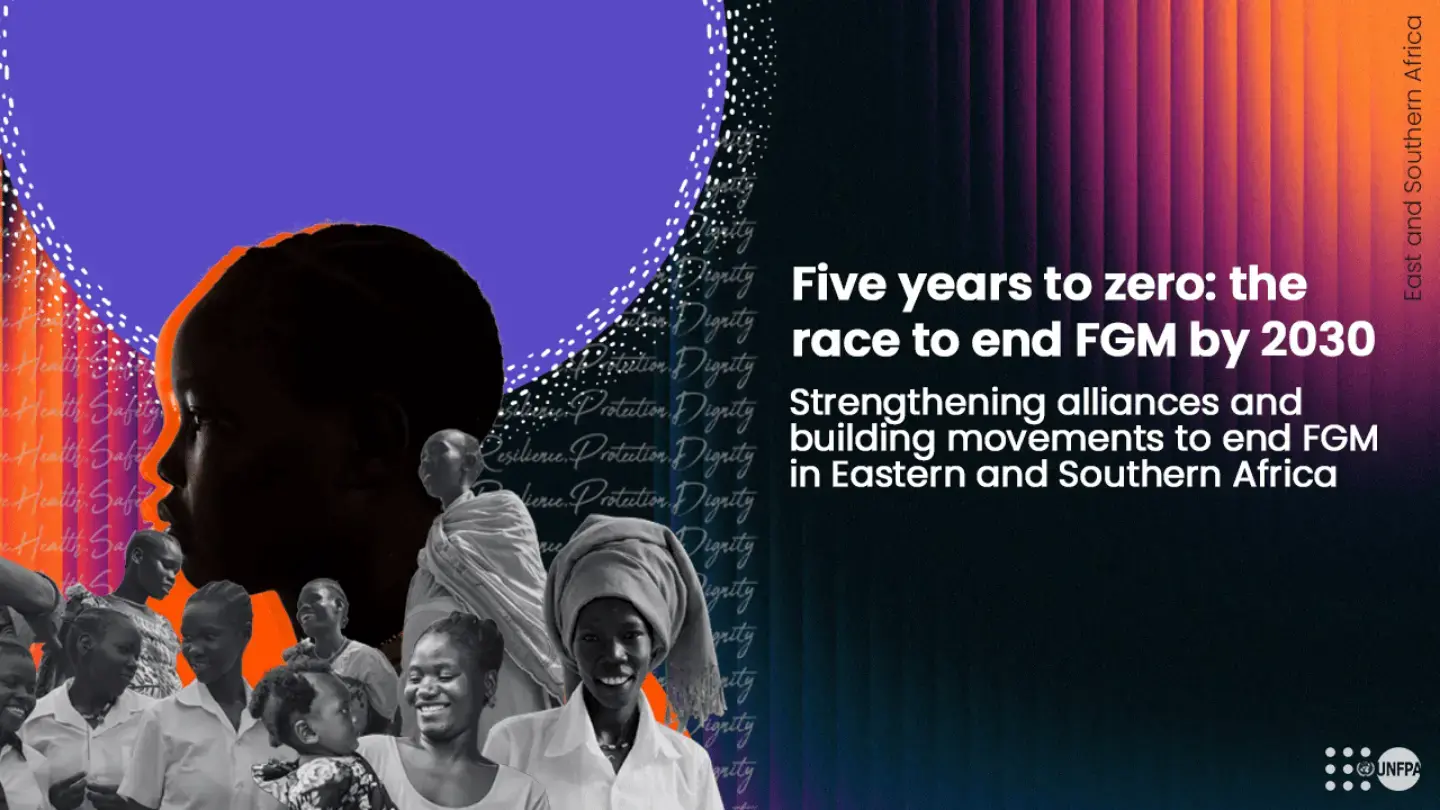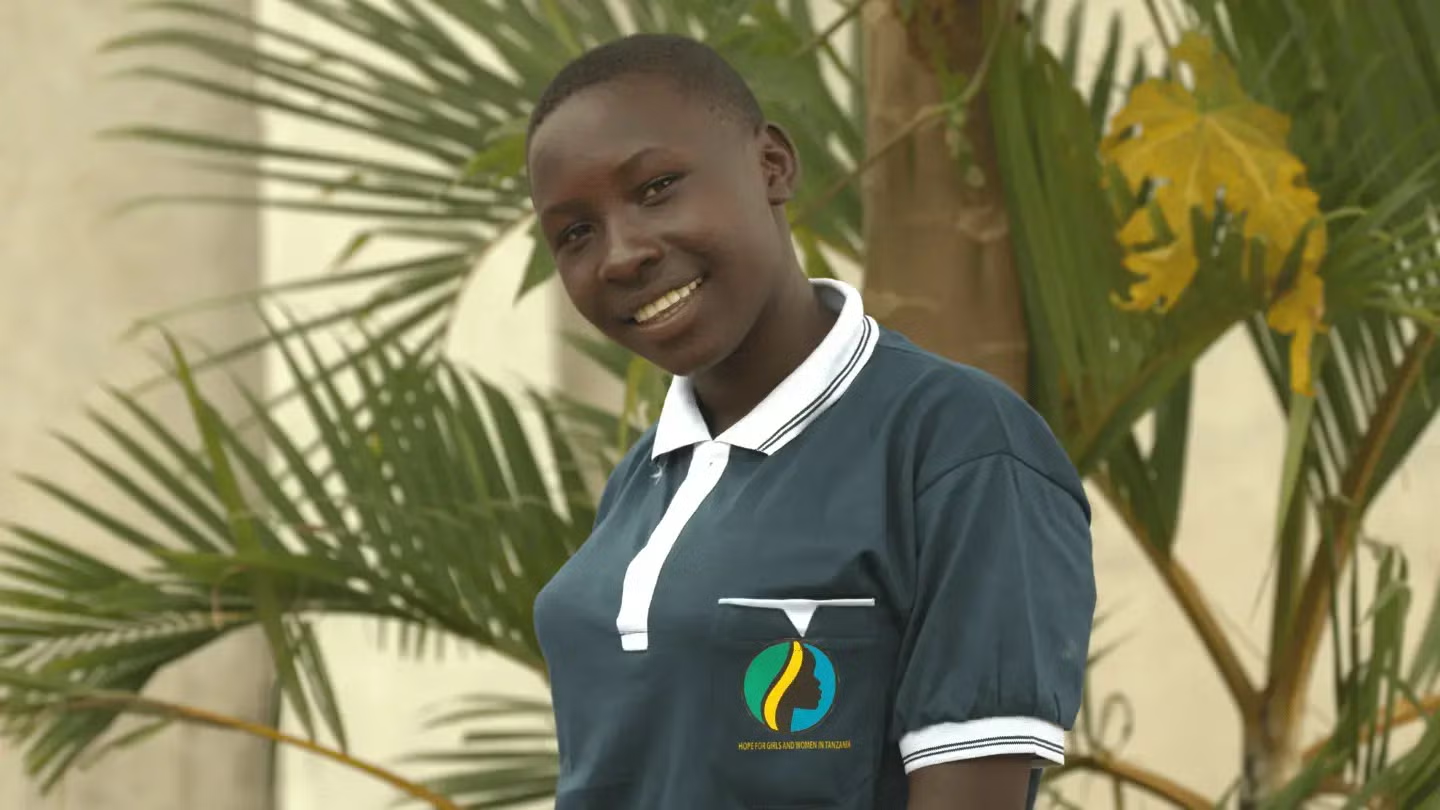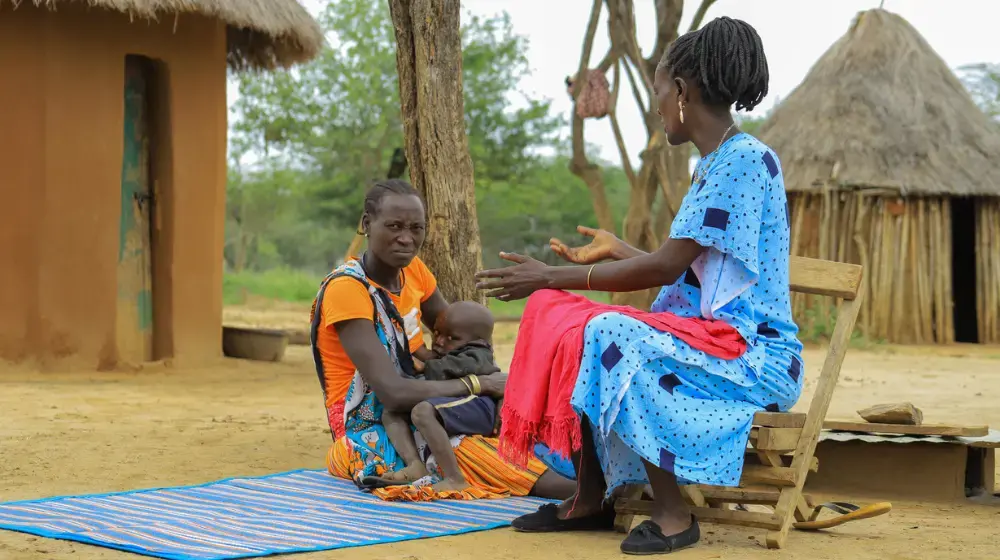This article was written by Amy Lieberman and published in PassBlue on 12 October 2012
A growing movement within the United Nations to ban female genital mutilation globally has led to the first resolution to be written on the issue in the General Assembly’s Third Committee, which will vote on the matter this month. Two Francophone countries in West Africa, Burkina Faso and Benin, have proposed the draft resolution to put an end to the practice of FGM, as it is called, an important rite of passage for countless families in Africa and elsewhere but slowly waning through efforts by the UN and nonprofit groups.
The first counselor for the UN mission of Benin, Bertin Babadoudou, told PassBlue that he expected the Third Committee, which handles social, humanitarian and cultural-affairs policies, to adopt the nonbinding but symbolic resolution. The General Assembly then approves the resolution in December.
Supporters say its adoption could help strengthen the 30-some laws in countries that lack effectiveness in prohibiting FGM, which affects about 140 million girls and women worldwide. In 2007, Benin’s FGM prevalence rate was estimated at 17 percent, while Burkina Faso’s was 77 percent.
Female circumcision can be traced to before the rise of Islam and Christianity. It is called various terms: female genital cutting (FGC), female circumcision and female genital mutilation, which all describe the cultural practice of partly or totally removing the external genitalia. The minor form is when the clitoris is removed; the most severe is when all external genitalia are removed and the vaginal opening is stitched nearly closed.
It is most often a painful rite, usually done without anesthesia and with a razor – in some cases even performed on infants – to remove all sexual sensation from a female so she won’t be tempted later to have sex with anyone but her husband. People who condemn cutting say it not only violates basic human dignity but can also lead to permanent nerve damage and other serious lifelong medical problems, including psychological trauma. It can also kill.
“Yes, we agree that it is an issue of Africa, but it is not only in Africa,” Babadoudou said.
People who oppose the rite also say it is child abuse and a form of extreme discrimination against women. “It is important to recognize that FGM is a gross human rights violation,” said Khady Koita, president of the Brussels-based rights organization La Palabre. Koita, originally from Senegal, was circumcised when she was 7 years old.
A group of African-born female physicians in New York City say they aren’t waiting on UN action to guide their own prevention work in local immigrant communities that are likely to be practicing cutting either in the United States or back in their home countries.
In 2000, about 228,000 girls and women in the United States had undergone or were at risk to undergo FGM, said Brigham and Women’s Hospital in Boston, which appears to have the latest data on the matter. The women and girls said to be at most risk in the US live in the New York metropolitan area. Those numbers are estimated at 40,000 and rising, said Aberie Ikinko, director of the New York office of the Campaign Against Female Genital Mutilation, a Nigerian organization. She says she sees a mix of families, mostly from Africa, performing female circumcision in the US or having their daughters cut elsewhere.
“You cannot force people to stop this,” Ikinko said. “It has not worked. It has to come from inside” the community.
Female circumcision is illegal in the US, but a federal bill to ban transporting girls overseas to perform the rite remains stalled. The US Senate majority leader, Harry Reid (Democrat of Nevada), introduced the Girls Protection Act of 2011 last November, but no vote has been taken. A similar bill, the Girls Protection Act, was introduced in 2010 in the House of Representatives but was not enacted. It was reintroduced last year.
“I would love to say that it will get taken up and it will be a mainstream issue, but Congress is not back in session until after the election” in November, said Shelby Quast, a senior policy adviser in Washington for Equality Now, the international advocacy group.
In Africa, cutting is prevalent in 28 countries, according to the World Health Organization, but is also found in the Middle East, Indonesia and among some ethnic groups in Colombia and immigrant communities in Britain and other Western countries.
Interest in banning it began steadily after the 1995 Fourth World Conference on Women in Beijing, which brought increased attention to the often-taboo topic, said Alvilda Jablonko, who coordinates the campaign against female cutting for the No Peace Without Justice human-rights group.
The Commission on the Status of Women (CSW), the main policy entity in the UN focused on the promotion of women, has been raising the topic of female cutting since 2007.
In July 2011, the African Union accepted Burkina Faso’s proposal to address FGM during its annual summit and called for a resolution banning the practice. In March 2012, the Commission on the Status of Women proposed the General Assembly discuss the issue this fall.
Burkina Faso and Benin incorporated the CSW’s language into their resolution, said Babadoudou of Benin, including looking at the health ramifications.
In 2008, the United Nations Population Fund (UNFPA) and Unicef started a program to prevent female cutting in 15 African countries with high FGM rates. Nearly 2,744 communities have since abandoned the practice, a 2011 progress report published by UNFPA and Unicef found, though the program lacked $17 million of its required $44 million budget at the end of 2011.
“Women’s issues are still not getting enough attention,” Nafissatou Diop, coordinator of the UNFPA-Unicef program, said. “HIV or other issues are seen as more important.” Diop said that if the resolution is adopted, it could elicit more financing.
Yet it’s hard for women who have experienced the rite to feel optimistic about it being banned.
“It’s too much in the culture,” Haddy Salio, 40, said of her native Gambia, a minuscule West African country where the FGM prevalence rate is estimated at 60 to 90 percent. Salio, now a single mother of two living in Harrisburg, Pa., was circumcised when she was too young to remember.
As a grown woman, she got a job in banking, married and had two daughters, now aged 8 and 12. Her family cut her older daughter when she was 5 in Salio’s absence. The girl became feverish but recovered. A few years later, Salio’s family set a date to cut her younger daughter. Salio fled with her children in 2011, leaving their father for the US. She is awaiting word on an asylum petition.
“I would do anything for my daughters to make sure they have a good education and a good life,” Salio, a volunteer for the Campaign Against Female Genital Mutilation, said.
She says she continues to suffer from constant itching and recurrent infections as a result of her Type 2 circumcision – partial or full removal of the clitoris and labia minora and sometimes the majora. Her elder daughter has had side effects like uncontrollable urination.
The road to banning cutting is long and hard. “We have at least two laws against FGM” in Benin, “but we need to continue this work,” Babadoudou said.





